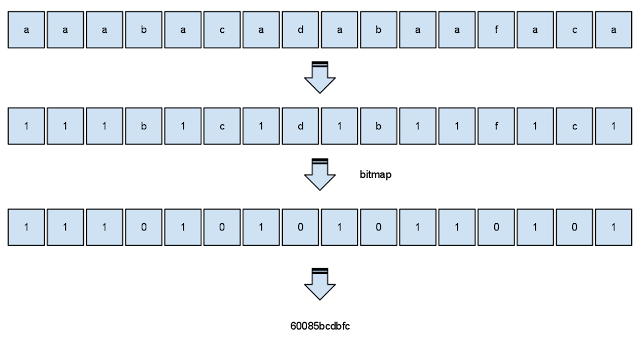- Data compression also known as source coding or bit-rate reduction.
- Data compression is a reduction of bit to reduce the size of files.
- It can be done all type of file like audio, video, images.
- Compressing data can save storage capacity, speed file transfer, and decrease costs for storage hardware and network bandwidth.
Types
Lossy compression
- Lossy compression reduces bits by removing unnecessary or less important information.
- This type of compression is done mainly on media files such as image, audio and video files.
Lossless compression
- Lossless compression ensure that you can recreate the original file bit for bit in its entirety.
- There is no data loss during the compression and decompression.
- This type of compression is usually a must if you are compressing text files, data files or certain proprietary formats.
Why to do data compression?
Backups and Archiving files
- If you have many older files that you do not need to access on an everyday basis, but would like to preserve for other reasons then you want to archive them for safe keeping.
- You can compress and bundle the files together or in separate archive files and save it.
File transfer
- If you are uploading one or several large files to a website or moving files to another machine, you could benefit from a smaller file size.
- This reduces your bandwidth usage as well as the time needed to transfer the files.
Web use of media files
- If you plan to use the media file on the website, then using a lossy compression on your image and media files will allow you to reduce the size of the files.
File Encryption and Protection
- Many simple file formats do not provide much of a file protection or security.
- This provides a method to secure a complete set the files as they can be encrypted and protected using a single password.
Advantages
- Less disk space.
- Faster writing and reading.
- Faster file transfer.
- Variable dynamic range.
- Byte order independent.
Disadvantages
- Added complication.
- Effect of errors in transmission.
- Slower for sophisticated methods (but simple methods can be faster for writing to disk).
- Unknown byte / pixel relationship.
- Need to decompress all previous data.



No comments: